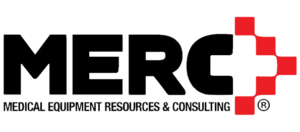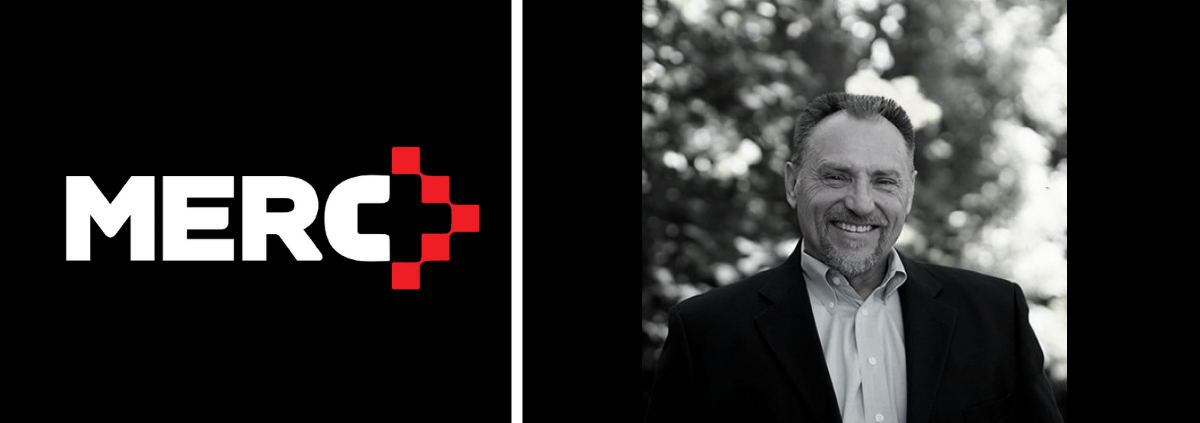CAPITAL STRATEGY INSIGHTS: Reimagining the Process #015

04.24.2023
#015 Estimated Standard Full Life
According to LinkedIn these posts are gathering impressions from a diverse audience, and fascinatingly sometimes outside of healthcare. I believe these concepts are interesting and beneficial to those who serve as asset management and procurement professionals in a variety of industries. To that I say “welcome” to all readers.
We went tactical in the last post, giving props to the inventory function by showing its strategic contribution to managing a multi-million-dollar capital portfolio. In this post we will examine expected useful life, or what my firm calls Estimated Standard Full Life (ESFL).
Going back to Post #004, there are three considerations when evaluating the remaining life of an asset:
Appropriate Level of Care
Reliability & Maintainability – Does the device work reliably? Is there a path to repair the device?
Market Value – Does the device have value if it needed to be liquidated?
So, what is the baseline, full life for the asset? Like when the unit is new and remaining life equals 100%?
There are several resources for this information. I won’t impugn any of them, but if you have been reading these posts, you will find that I believe that metrics and data provide the best guides for decisions. No different here.
After evaluating the lives of hundreds of thousands of devices, the remaining useful life suggests what the life was when new. That’s how we approach ESFL. Assessing hundreds of assets within hundreds of modalities over 16 years provides data and insight on how long devices actually meet the standard of care, stay reliable, and maintain market value. We apply analytics and regularly review (and adjust) our tables for accuracy and relevance.
Always remember that these metrics, regardless of the source are estimates or projections. As such, individual asset lives can and will vary, based on the term of clinical acceptance, the maintainability and repairability of the asset, and the continuing market value of the specific asset. I could go into several examples, but for obvious reasons it would promote certain devices and throw shade on others, not something I want to do with this post.
Use whatever tools you decide are best to help determine what your asset’s standard full life should be, but keep in mind that benchmark should be analyzed to see if your experience is consistent with the benchmark. The more expensive the asset, the more frequent the ERUL and ESFL analysis. Realistic full life metrics set the stage for value analysis, utilization, maintenance planning, consumable projections, and replacement planning and budgeting. The better the standard, the better financial performance from the asset and for the enterprise.
We’ll bring out another post in a month or so. Until then, be well and as always, feel free to comment at info@medicalequipmentconsultants.com.


